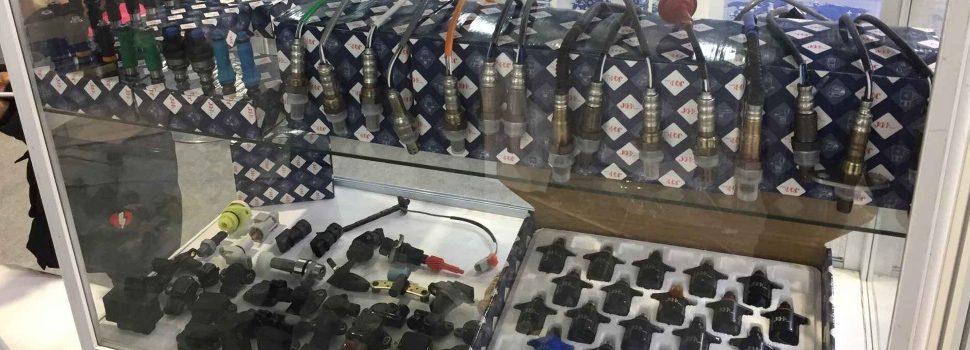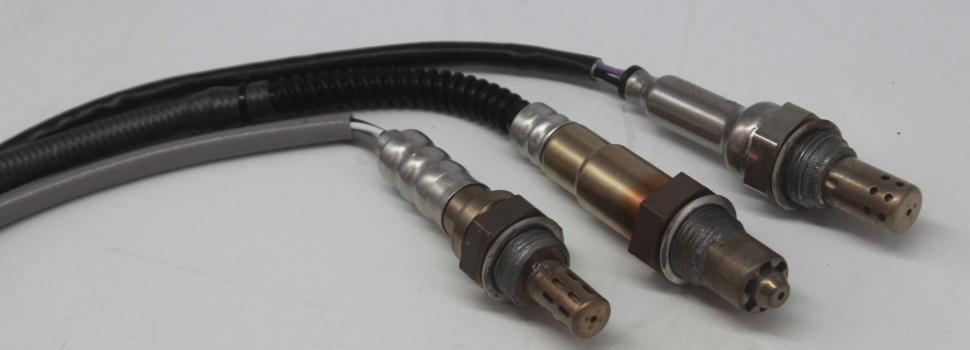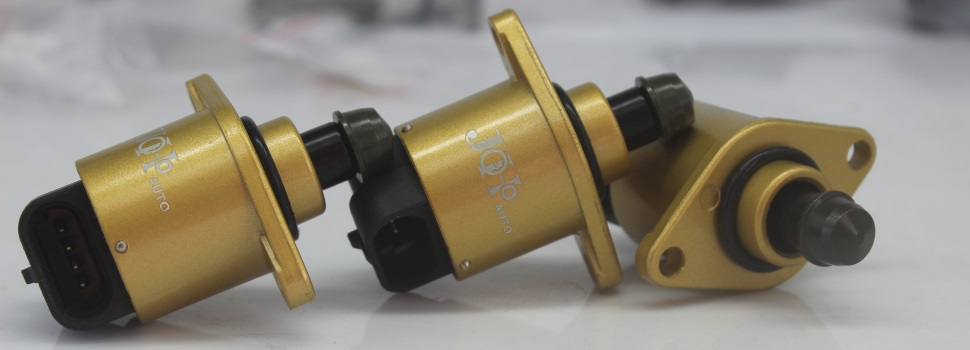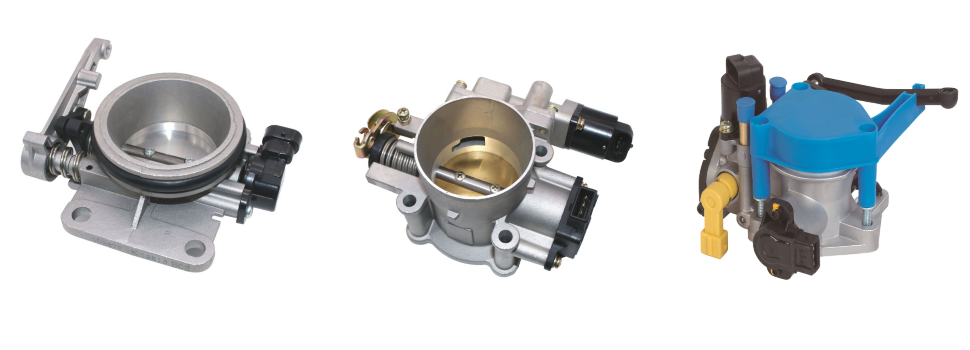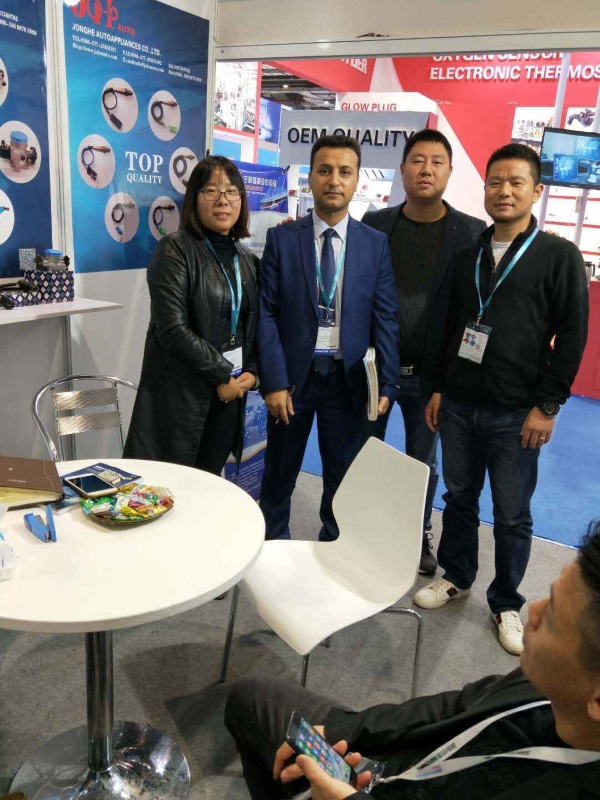Conclusion. Other than the limited AFOV, which you are apparently fine with, and limited eye relief in the shorter focal lengths there is certainly no reason not to choose Plssls. I tested out my BH zoom yesterday for the first time and it is a great eyepiece so thank you for the recommendation! It may be a bit less than that in reality but for practical purposes that is close enough. I expect such eyepieces are available but I have never seen or used one. But the conventional way of expressing it is in terms of eyepiece focal lengths. If one Super Plossl specifies it uses a 5 lens design, then you can definitely consider it a true Super Plossl that might offer better performance, but no brand has released any of those for decades. Then there is a pair of 32mm and 20mm TV Plossls which make my binoviewers work well with a Daystar Quark H-alpha solar filter. Differences and Similarities. Since each eye has a different focal point, I suspect pulling the eyepiece out until reaching focus and then tightening the set screw. Stargazing Help is a participant in Amazon Associates program. These are two very important considerations when you are looking for eyepieces. Most people prefer the wider TFOV. 30 = 60 = 1.3 If you are investing for the future, get the BH zoom. I agree. But you may only be able to achieve that rarely. (Svbonys Plossls, for example, are optically identical to Orions Sirius Plossls). As said, they are cheap to compare. You can buy a range of these from Modern Astronomy. They have a pop-up eye guard and they are threaded to accept filters. Even if you did need a 4mm focal length (for high powers in an f/4 telescope, of course), neither a Kellner nor a Plossl would have long enough eye relief for that to be comfortably usable! Quality this good usually costs a lot more. They are also good for those who have astigmatism because they are designed to be more forgiving with eye placement. Do you need to have the best to enjoy astronomy? All are good eyepieces and diagonals, and would be excellent for star party use. Thanks in advance I really appreciate it! When you are shopping, if you need long eye relief, make sure you are selecting the correct ones. For me personally, even though I don't use glasses to observe, I still don't want to dig out the view through a plossl or ortho eyepiece which tend to have short eye relief. Below .5 mm exit pupil, floaters in the eye become more apparent and can be bothersome. Also, atmospheric conditions can limit how much magnification you can use on a given night. Can You See The ISS With A Telescope? All of the Omni eyepieces have a 1.25" barrel size with the exception of the super low power 56 mm, which has a barrel size of 2". So we say that an F5 scope benefits from better corrected eyepieces more than the F10 scope. - 32mm plossl. So save yourself this future unnecessary expense and just buy a Plossl. Thinking in a super ploss 32mm and maybe something between 9mm and 15mm . These have the advantage that the front section with the optics can be unthreaded and threaded on to the filter threads of a 1.25 inch eyepiece. Or, if you are buying from an online like Amazon, then look at the eyepieces I recommend and see if any suit your needs. This series of eyepieces may provide better value in this price range. 2. The Plossl optical design is very good for long and medium focal length eyepieces, delivering a sharp, flat field and an apochromatic image. So, for your 30 mm, 82/60 = 1.36 degrees. Using this 40 mm Plossl eyepiece is an excellent way to get a wide field of view with your telescope. Visual astronomy is all about aperture, the more the better. You can enjoy wide-angle views without giving up any of the clarity or sharpness when using Plossl eyepiece while Kellner will give you more magnified views but at less than half the brightness levels in comparison to other lens designs on this list if light pollution was involved. eyepiece shows signs of use with caps and bolt case, 32 mm Plossl very good cond. As I discussed earlier, the zoom lets you explore your target over a wide range of magnifications without having to change eyepieces. In this case, I am going to define this by the focuser and eyepiece size. If you read the article you know how to calculate the magnification and field of view. AP is all about the mount and accurate tracking. The TFOV will be as wide as your 40mm Plssl, but with greater magnification and a slightly darker sky background. If you upgrade the telescope or add a second one, the eyepieces will work on that telescope too. I also have an older smoothtop 20mm Meade 4000 that is also 5 element, and it is a fine eyepiece too, compared to another 20mm of the same vintage. Sometimes you want to see a wider field of view to locate an astronomical object like a nebula by using nearby stars. That is a really interesting picture. I was just wondering if plossls are still worth it or should get a better eyepiece in a 30mm range. Sony A7III vs A7RIII Astrophotography: Which One to Shoot Infinity! This can be especially helpful in telescopes of focal ratios below F8. Come join the newest, most engaging and inclusive astronomy forum geared for beginners and advanced telescope users, astrophotography devotees, plus check out our "Astro" goods vendors. At that price point, it couldnt compete with other 5-element devices like Erfle and Nagler eyepieces that had better performance. In general terms, the higher the AFOV number, the more the eyepiece will cost. Be aware of the focal ratio of your scope. These sport a 60-degree apparent field of view, about a 20% wider apparent field of view than Plossl eyepieces. They have good center sharpness but exhibit some field curvature and astigmatism. or a Baader Classic Ortho 18mm with both a 1.5/2x Barlow and 3x Barlow. When a beginner is choosing eyepieces on a budget, there are a number of possible designs they may choose between. Looking forward to first use. Some of these series also offer 2 eyepieces for telescopes that can accept 2 eyepieces. This gives us more flexibility at the low end of the magnification range. IF you like your Hyperions , you could get a 2 inch visual back and 2 inch diagonal / or 2 inch SCT diagonal and add the 31 or 36 Baader eyepieces in 2 inch . dnrmilspec is right. did i pass? You can find the eyepieces I use and recommend in this article. That is up to you and your budget. Understanding and using a Barlow Lens In the early days of telescopic astronomy, refractor telescopes were designed with a single lens at the front and a single lens at the back. Find many great new & used options and get the best deals for Meade 32mm 2" 5-element Super Plossl Wide Field Eyepiece at the best online prices at eBay! It is all about your budget, your goals, and your objectives, as outlined in the article. document.getElementById( "ak_js_1" ).setAttribute( "value", ( new Date() ).getTime() ); Stargazing Help came into existence when some young minds got mesmerized by outer space while camping. Since it's such a popular eyepiece and allows for quality, planet-viewing, that makes it a great instrument for attracting newcomers to the hobby, especially children. Regular Plossl eyepieces with maybe just a slightly better coating or build quality. I couldnt find any suggestions on your site about diagonal recommendations. But the longer FL units are certainly useful. OHHH, now i get it! I already got the 10mm super wide because of the added eye relief but at 15mm both have the same eye relief. Centuries of improvements led to achromatic refractors, where the primary lens is made up of two lenses of different types of glass, which reduces false color fringing and allows the telescope to be made considerably more compact. That can only be shown through actual testing. Omni 15mm Eyepiece - 1.25" Learn More. A good modern eyepiece like a BST starguider 12,8 and 5mm are excellent eyepieces. In the beginning, you are not going to know what the atmospheric conditions might be in your area. A Barlow lens will not reduce the CA in a low FR achromat refractor so to speak of it changing the focal ratio would, I think, introduce confusion in most situations. And the zoom provides every magnification in that range without having to change eyepieces. FOR SALE! I have to say that your questions are answered in the article. Orion Sirius Plossl eyepieces are ideal for any type of telescope; refractor, reflector, or catadioptic. The Regular Plossl eyepiece is made to be a basic type of scope for viewing objects that are nearbysay within two feet or so from where youre looking through it. I also just bought the Celestron Starsense 102mm refractor (650mm focal length, f/6.5) as a first scope for me and my kids. Plossl eyepieces are perfect for astronomical viewing because the field of view is wider. Poorly chosen eyepiece might give you poor experience and sometimes even make stargazing difficult. I dont dabble in AP. 5-Minute Read, How To Increase The Magnification Of A Telescope; 5-Minute Read. And I continue to read excellent reports on the AT Paradigm and similar under different labels. This is your Lexus, Acura, and Infinity types that offer more features, better build, and a bit more polish. Tip Its almost always cheaper to buy directly from Agena Astro. Does having a 70 vs 52 fov make a noticeable difference for double the price? In the box you'll receive 5 1.25 eyepieces at following sizes, a 32 mm Plossl Eyepiece, 17 mm Plossl Eyepiece , 13 mm Plossl Eyepiece, 8 mm Plossl Eyepiece, 6 mm Plossl Eyepiece, a 2X Barlow Lens 1.25. Would a higher magnification eyepiece help do you think or am I already pushing my telescope (XT8) to highest sensible magnification I can with BH zoom on setting 8mm and 2x Barlow? . Higher values are slower and lower values are fasterthis is a holdover from camera lens terminology and has to do with exposure times.). Now looking for a couple of decent eyepieces. These will normally be higher priced and may be outside the price range we show here. There is one aspect in which a Kellner can actually outperform a Plossl: eye relief. This doublet design has an apparent field of view of 50-degrees or wider but can suffer from short eye relief making them difficult to use for some . The tradeoff was that each lens surface added another internal reflection, reducing contrast and adding glare. The sharp/crisp view you get from your 40mm Plossl comes down to the relatively low magnification it provides. Then there is the rule of thumb to avoid duplicating focal lengths when acquiring eyepieces. I think you will change your mind. But, at least get the 32mm Plssl. Many approach the quality of the premium brands. But I think you will feel more confident about your purchases and be less likely to be disappointed if you read through the guide. . I possess an embarrassing array of fine eyepieces with names like Ethos and Nagler and Delos. In some cases, the eyepieces are waterproof to protect them from internal contamination caused by heavy dew conditions. No other type can compare with it when it comes to that quality. Non-eyeglass wearers can usually tolerate Plossls as short as about 10-12mm before their eyelashes start brushing the ocular lens. I have a 4 element (traditional) and a 5 element 32mm Meade, both from the same era in Japan, and the 5 element is much better by quite a bit. It was grueling, because I couldnt even get the entire field of viewI had to keep my eye hovering above the exit pupil. I often recommend it. I am not aware of any such solutions for Newtonian reflectors. I decided to jump in with both feet and get an Orion ED80 (600mm f7.5 with a 2 focuser, So that I can move into astrophotography down the road. I often had to drop back to about 180X because of poor seeing and transparency. Tele Vue offers several series with apparent fields of view from 50 degrees to 120 degrees. That is the critical factor. A common problem are eyepiece kits, which are big boxes that some telescope suppliers will sell you with half a dozen eyepieces, most of which include annoyingly short focal length Plossl eyepieces. The Plossl has good color correction plus is free of the ghost images that plague the Kellner. Learn more about our story and the team behind the scene. Again, this is more noticeable in lower focal ratio scopes. My own lineup (with a C8) is 32mm Plossl, 18.2mm DeLite, and 10.5mm Pentax (the last one not chosen to match, but rather because it belonged to a deceased friend). The design uses a planoconvex, two cemented-element eye lens and a large convex field lens. Theres a reason Plossls are usually kept at 52 degrees. On the inside, they are exactly the same design. I've got a one-off plossl like that in my kit that I'll probably never sell, (aside from my 5 element ones) and it's one that is rarely seen. Take the AFOV of the eyepiece (provided by the mfg) in your case 82 degrees i still use the binos. ORION SIRIUS PLOSSL 10mm telescope eyepiece 1.25" - $17.01. Through the 32mm eyepiece, objects will look larger, and though they may have a lower surface brightness, the surface brightness of the background sky will also be lower. When you add eyepieces to your collection, you will want to consider what field of view you want and how much you are willing to pay for it. Let us know in the comments if there is anything else you want to ask or share your thoughts on this post, always looking forward to feedback from others who will benefit from it as well! The Big Bang Optics is a participant in the Amazon Services LLC Associates Program, an affiliate advertising program designed to provide a means for sites to earn advertising fees by advertising and linking to Amazon.com. You really understood the material. If you are completely new to stargazing, Kellner eyepieces are absolutely fine. Some include: Parks Gold Series, Celestron Ultima's, Meade Series 4000 Super Plssls (depending on year / origin / style) and a few others that I don't remember. 2x Barlow Kellners can be as little as half the price of a Plossl in the same focal length, but they are generally very comparable, especially in recent years as telescope prices have fluctuated in response to changing supply chains and demand. Note that as we get into the higher magnifications, the millimeter jumps between eyepiece focal lengths gets smaller. To achieve six magnifications, you can have six eyepieces. Generally, Plssl eyepieces are best suited to Newtonian and fast telescopes. They offer a 52-degree apparent field with clean, high-contrast images. You can add the specialty single FL eyepieces later if you wish. but the meat of the article is about understanding the considerations and specifications to know when selecting eyepieces. The ES is actually slightly cheaper than the Orion but my understanding from your reviews and replies is that ES might actually be the better eyepiece have I got that right? Now put the zoom on a 3X barlow and you have: Using the zoom approach with a Barlow your eyepiece set would consisit of a 32 mm low power eyepiece. Plossl eyepieces are often included in better telescope packages as the starter eyepieces. If you want to buy him $200 eyepieces so he can grow into them, that works. Look those up, seeing and transparency in the context of astronomy. These companies rebranded them under their own names. The only one not in the article is the Orion Q70 which is available in 38 mm, 32 mm and 26 mm. Press Esc to cancel. You can accomplish a longer eye relief by barlowing a longer f/l plossl, so that is something to think about as well. Between Kellners and Plossls, this means a 32mm Plossl, which maximizes the field of view in the 1.25 barrel diameter format, will show more stars than either a 32mm Kellner with the same magnification but a smaller true field of view, or a 40mm Kellner (or 40mm 1.25 Plossl, which has a 40 degree apparent field of view) with a lower magnification and the same true field of view. A Televue Plssl may be better than a generic one, but the difference is probably not worth the additional cost. Generally, dont mess around with solar projection unless youre okay with damaging the instrument. Personally I think they're still worth it. The components of a Plossl eyepiece are the two groups of lenses. I hope I can say that someday. The focal length range for 1.25 Plossls is about 6mm to 45mm. Sorry but I am not offering a configuration and pricing service. Omni 56mm Eyepiece - 2" Learn More. Understanding and using a Barlow Lens But I have one little niggle. It also produces an erect image, meaning you see what youre viewing rather than seeing everything upside down or sideways as some types do. Because the eyepiece was still similar enough to a Plossl and still kept the symmetrical design, they called it Super Plossl. Hello sir, thanks for your article its realy helpful. While eyepieces with relatively complex, proprietary, or bespoke designs are becoming more commonly available in the beginner price bracket, there is often good reason to choose a much simpler design. Well-made lenses are expensive though, so in general the more lenses, the higher the price of the eyepiece. You have selected a very good starting telescope that will serve you for many years to come. Optics manufacturers began selling and popularizing Plossl eyepieces, albeit with a generally simplified design where each achromatic doublet had the same focal length. We enjoy binoculars for the moon, but having never looked through another telescope, my kids and I do not know what internal reflection, ghosting, vignettes, or diffraction spikes look like! 1.25" 6.3mm 32mm 40mm Plossl eyepiece set give you a good variation in magnification for a wide range of targets with extra sharpness and long eye relief. If you just want eyepiece recommendations and dont care about the details, Im adding that section right below before we go into the specifications that answer the above questions and make use of the formulas. And I am a visually observing focused person. What happens if you use an eyepiece that has a the wrong exit pupil? 600 mm / 200X = 3 mm This will be the focal length of our highest power eyepiece. Again, does it create a more immersive viewing experience? Plssl eyepieces are good all-around performers, producing sharp images at the center of the field, but they have only four lens elements. Celestron's 4-element Plossl eyepiece features include blackened lens edges to minimize internal reflection and maximize contrast, fully multi-coated optics for maximum light transmission. To get the best performance, you have to be willing to pay the price. Just start with 32 mm for your low-power eyepiece. This is why we recommend you try to locate the object first at low power, then use a higher magnification if you likethe wider field of view on the sky provides more context in terms of asterisms and reference stars and makes it more likely that youll catch the object you are looking for. I would suggest you also get a 2 low power wide view. For it's cost, a 32mm Plssl eyepiece is hard to beat. Jupiter and Saturn are low in the sky now. A long eye relief is also important for those who wear eyeglasses at the eyepiece, whether thats a member of the general public at a star party or an astronomer with astigmatism, which, unlike near- or far-sightedness, cannot be corrected with the telescopes own focuser. Know what diameter eyepieces your scope takes. Eye Relief: This refers to how close your eye has to be to the lens in order to see the full field of view.

